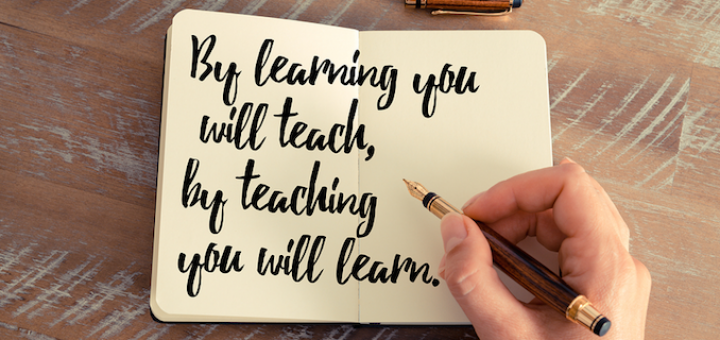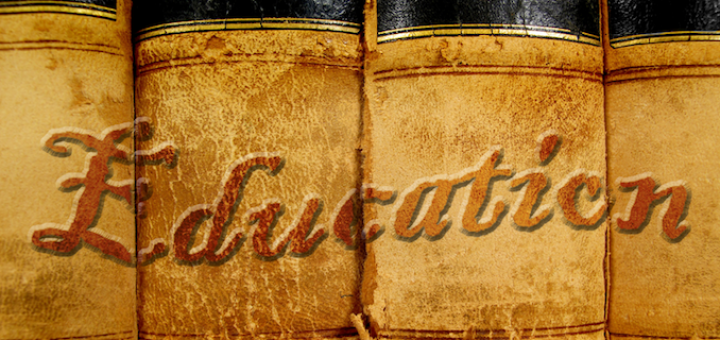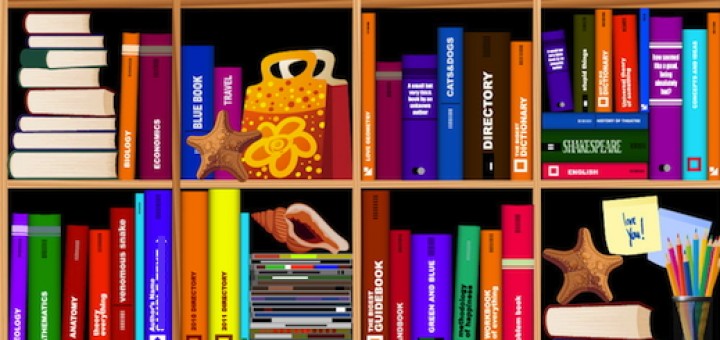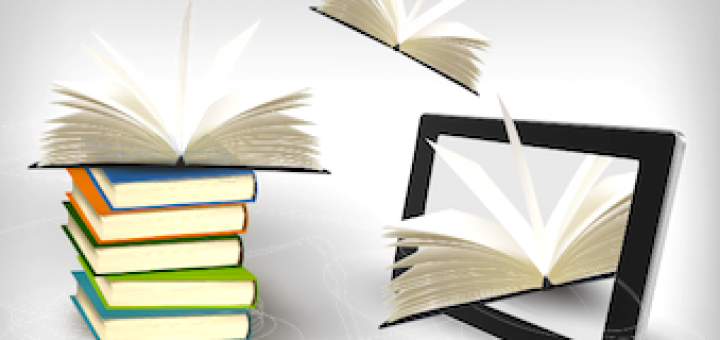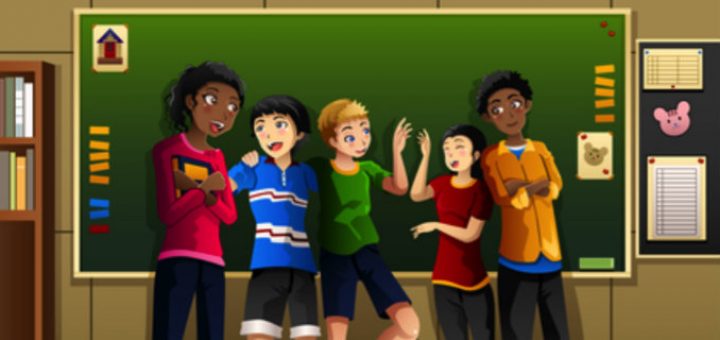Teaching and learning in grades 4-8
Management in the Active Classroom is a unique behavior-oriented resource. Few other books offer specific strategies that help the teacher provide structure while still honoring the dignity of every student. Jodi and Matt Renwick recommend it for every school.
Taking care of ourselves means finding time to rest, getting enough exercise, and having balance in our lives. It also means being inspired about who we are and what we do. Barbara Blackburn shares six ways she has incorporated inspiration into her teaching life.
The NCSS revised Position Statement on Media Literacy supports engaging students in inquiry and analysis as well as developing their understanding of media and propaganda. Frank W. Baker shows how students can evaluate the flood of fake news and the Fall election.
Karen L. Sanzo’s book offers ideas for changing the paradigm of leadership development through the use of practical and useful tools that are not difficult to implement. Also see how others are implementing leadership programs, says reviewer Margaret Jones-Carey.
Imagine yourself on a plane, about to start a new chapter of your life as an international teacher in another country and culture. With 30 years teaching abroad in North and South America, Elisa Waingort knows both the joys and challenges. Ready for take off?
DIY: Project Based Learning for Math and Science By Heather Wolpert-Gawron (Routledge/Eye on Education, 2016 – Learn more) Reviewed by Anthony Jones I must admit that with such an incredible emphasis on STEM these days, the title of this...
Angela Stockman’s attitude of respect and awe for students flows from the pages of “Make Writing” and inspires teachers to think differently about their approach to writing instruction. Amber Chandler recommends this easy-to-follow, forward thinking “making” guide.
“Culture is the key to transformation,” says Ron Ritchhart, and anyone interested in seeing lasting change in schools needs to read this book, says reviewer Mary Langer Thompson. They will find the elements of needed systemic change.
Daniels and Steineke walk teachers and students through creating a supportive community for academic discussions and learning, from the very basics of working in small groups to the complex tasks of group projects. Kevin Hodgson plans to implement their strategies.
After many years teaching high school & college students, Lauren Brown re-entered a middle school classroom last fall as a full-time social studies teacher. She describes her delight with young adolescents who greeted history with enthusiasm and deep discussions.


